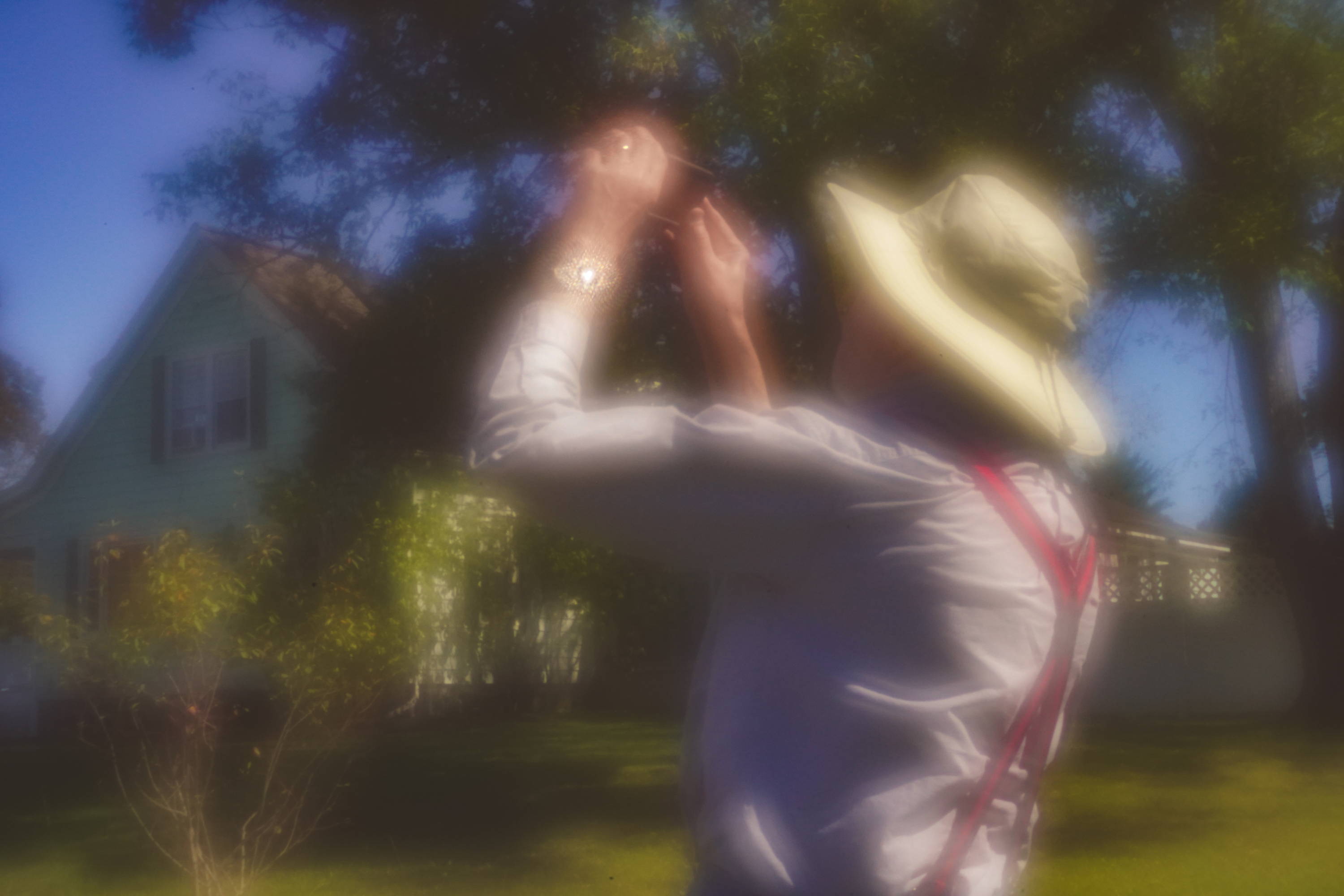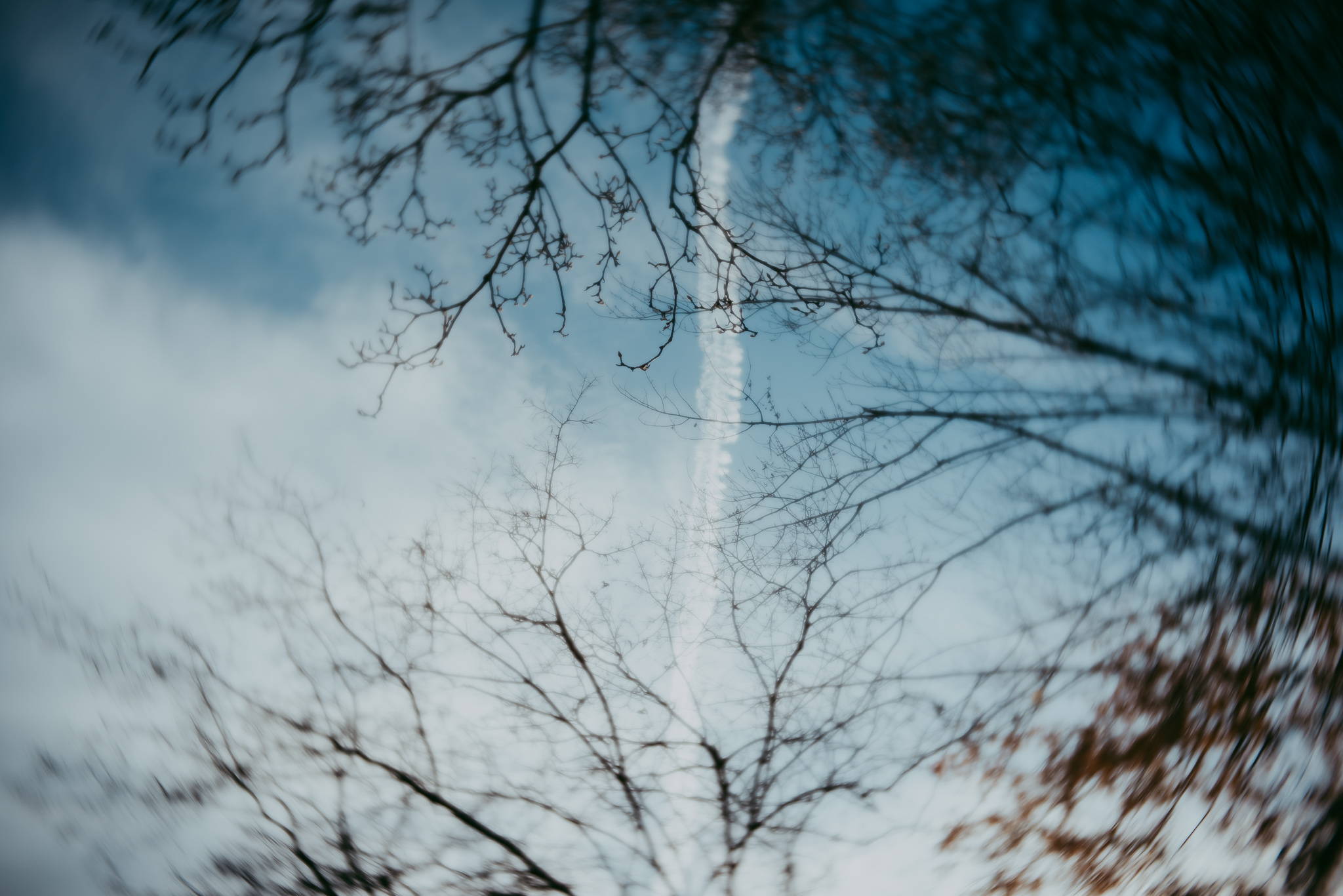Sweet 50 or 80 with both Macro Converters.
The obvious explanation of Macro Converters, and extension tubes in general, work is actually fairly simple and one of those things that are obvious once you know.
So, to start with conventional tubes, if you look at almost any manual focus lens, or a Lensbaby (some AF, zoom, and very long lenses have internal focussing which is not visible from the outside) and watch what happens as you turn the focus ring you will realize that as you focus closer the lens glass or Optic, moves further away from the sensor.
In the 50mm lens above, the extension between close focus and infinity should be obvious. This leads to the question, what happens if I move the lens further away from the camera? In this case, an extension of 29mm gives a close focus distance of about 7cm and a magnification of about 1:1.4 (magnification is defined as the ratio of subject size to the size of the image on the sensor, so 1:1 Implies that a 1cm high object would project a 1cm high image on the sensor, 1:2 a 0.5cm image and 2:1 a 2cm high image. Generally, any image with a 1:1 magnification or greater is regarded as a macro). The downside of this is that the same extension reduces the furthest focus distance from infinity to about 9cm!
Conventional extension tubes work fine with Lensbaby lenses, but the Macro Converters are smaller and lighter. The results are very similar for much of close-up photography, whether used straight or tilted. However, the Macro Converters maintain the Sweet Spot placement using extension tubes.
"The results are very similar for much of close-up photography, whether used straight or tilted."
So, to summarise,
Magnification with any extension tube is greater with shorter focal length lenses. If you want to use longer lenses, such as the Edge 80, then Macro Filters or Close-up lenses have more effect.
Macro Converters and extension tubes do the same thing (move your Optic further from your sensor). Macro Converters preserve your sweet spot placement with any given amount of tilt by moving the Optic but not the ball and socket mechanism of the Composer forward while extension tubes move everything forward, making it possible to tilt your sweet spot off the long end of an image even when using a full-frame sensor. The images above had the same amount of tilt, but the statue was placed differently in the image using the Macro Converters.
Both Macro Converters and extension tubes magnify your sweet spot, so the Sweet effect decreases at any given aperture. If you want to preserve the (smaller) sweet spot size that you're used to, then use Macro Filters or Close-up lenses.
One final interesting fact, with the 12mm Fisheye Optic and the 8mm macro converter, you can focus on a bug/flower/whatever right on the front element of your Optic. With the f/32 aperture, it makes a great environmental portrait lens, the only problem being getting enough light past the lens!
One thing that should be remembered is that as magnification increases, the depth of field DoF) decreases. It is not unusual for macro photographers to take a series of images, each focused slightly further away from the camera, and then combine them to get a complete image in focus.
Want your shots featured by Lensbaby?
Be bold and shoot extraordinary! Make sure to tag your photos on IG with #Lensbaby, #ShootExtraordinary, and let us know what gear you’re using. 📸
Danny Kaye
I started taking photographs with an old Zenit B and a Helios 44 lens that belonged to a friend in about 1972. When I went to University, my parents bought me a Practica LLC (which I hated!), I started B&W developing and printing because I was a photographer for the student paper, and it was cheap.
I studied engineering and photography was a hobby, developing and printing in the bathrooms of various houses until I eventually returned to university and became a lecturer, first in Mathematics and, later, in the Art School, teaching Sound engineering, Cinematography and Photography.
Lensbaby came into my life in 2014 when I was looking for a way to get similar effects to freelensing without the damage to the cameras that it caused. I retired in 2018 and moved to France where I spend a lot of time doing photography and woodwork. We are doing some house renovations, and I built my first real darkroom in the old barn where I have two enlargers and the ability to investigate old processes like Cyanotype and alternative processes like Caffenol. I now use mainly Nikon cameras.
I met Craig Strong at a Photography Show in 2017 and in 2019, at the same Photography show, I was invited to be one of the staff on the Lensbaby stand. I have a fairly extensive collection of Lensbabies, from one of the first, hand built ones to the latest Spark 2.




Leave a comment
All comments are moderated before being published.
This site is protected by hCaptcha and the hCaptcha Privacy Policy and Terms of Service apply.